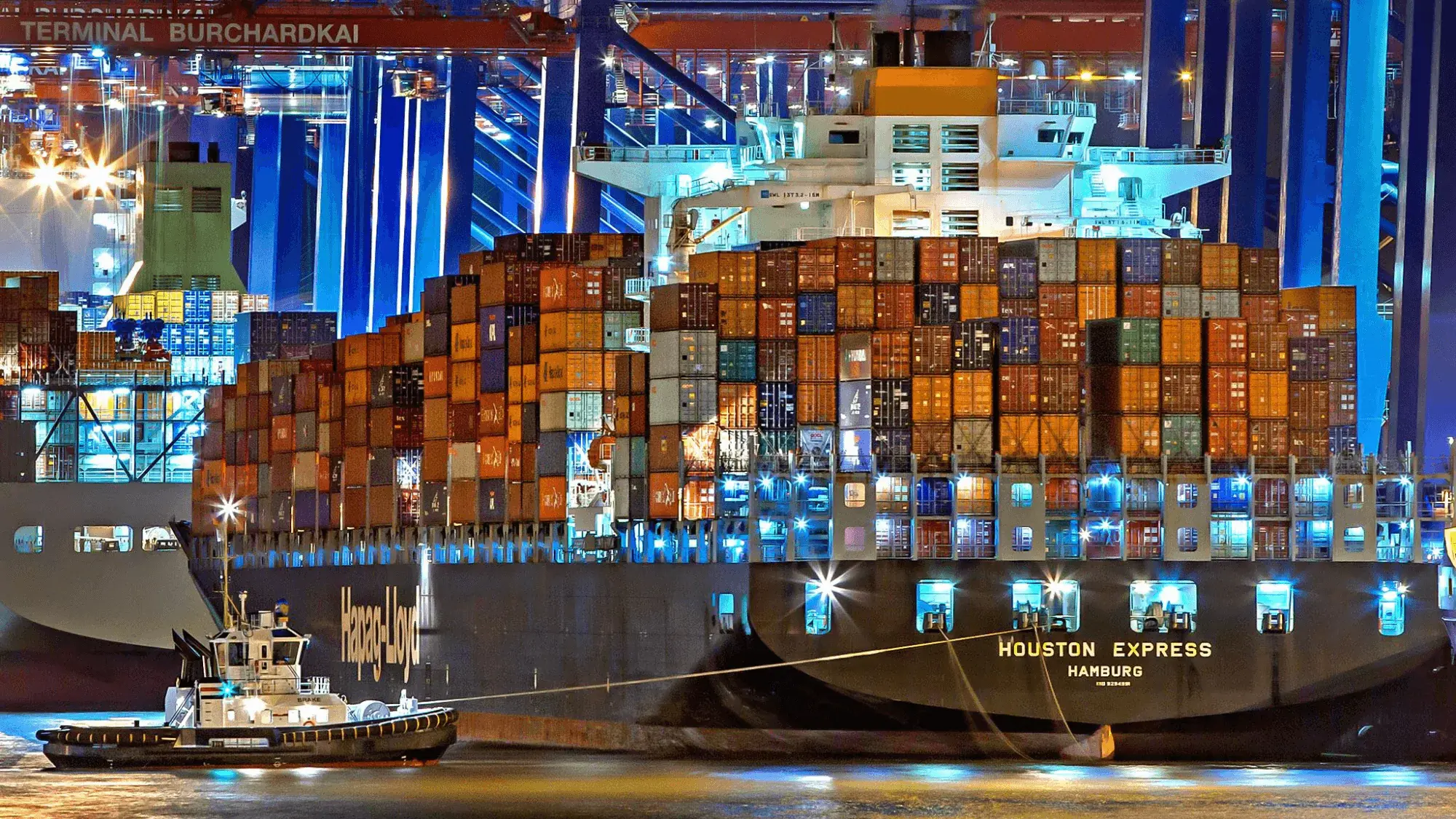
Think about a manufacturer struggling with rising shipping bills or production lines waiting for crucial parts. It's a common scenario that underscores a key point: logistics, while often behind the scenes, is a powerful force in manufacturing. How smoothly goods move–from raw materials in to finished products out–significantly affects costs, deadlines, and happy customers.
Instead of just guessing how things are going, manufacturers gain absolute control by looking at the numbers. Tracking the right Logistics KPIs gives you that clear view, helping spot problems, make smart changes, and run a more efficient and profitable operation.
Why Measure? The Power of Logistics KPIs
In the current manufacturing environment, gut feelings and assumptions simply don't cut it. Data-driven decision-making has become the cornerstone of success, and this holds especially true for your logistics operations. Monitoring supply chain metrics isn't just a nice-to-have anymore–it's essential for staying competitive and profitable.
By consistently tracking the right indicators, you gain crucial visibility into the intricate workings of your logistics. This allows you to clearly identify hidden bottlenecks slowing things down and inefficiencies costing you money. Pinpointing these areas is the first step towards significant cost reduction.
Moreover, efficient logistics directly translates to happier customers through reliable deliveries and accurate order fulfillment. Ultimately, a well-measured and optimized logistics function provides a strong foundation for strategic growth and contributes directly to the overall success of your manufacturing organization by ensuring smooth operations and a healthy bottom line.
Essential KPIs for Manufacturing Excellence
Alright, so you know why tracking is important. Now, let's talk about what you should actually be keeping an eye on. Think of these logistics KPIs as the vital signs of your manufacturing logistics health. While every business is a little different, there are some core metrics that are super valuable for just about any manufacturer out there. Let's break down some of the big ones:
-
Freight Cost per Unit Shipped: Ever wonder how much it really costs to get each of your products out the door? This KPI tells you exactly that. Just divide your total shipping costs by the number of units you sent. Knowing this helps you spot those expensive routes, shipping methods, or carriers, so you can look for smarter, more cost-effective ways to move your goods. For example, if you see that shipping to a specific region is consistently pricey per item, maybe it's time to explore consolidating shipments or finding a different carrier.
-
On-Time In-Full (OTIF) Delivery Rate: This one's all about keeping your promises to your customers. It measures how often your orders arrive precisely when they're supposed to and with everything that was ordered. A high OTIF score means happy customers and smooth operations. A low score? That could signal problems with your carriers, your warehouse, or even how you're forecasting demand. Imagine a manufacturer with a poor OTIF rate–they might be facing penalties from big retailers or just dealing with a lot of frustrated customers.
-
Carrier Performance Scorecards: Your shipping partners are a big part of your logistics puzzle, so you need to know how they're performing. These scorecards track factors like how often they pick up and deliver on schedule, and when your products arrive damaged. This helps you identify the reliable players and spot any consistent issues. If one carrier has high damage rates, it might be time to rethink your packaging or look for someone else.
-
Dock-to-Stock Cycle Time: Think about when your raw materials or components arrive at your loading dock. This KPI measures how long it takes for those items to get into your warehouse and be ready to be used. A quick dock-to-stock time means things are flowing smoothly, and you can get to production faster. A long time might point to bottlenecks in your receiving process or inefficient handling.
-
Inventory Accuracy Percentage: Have you ever had that moment where your system says you have ten of something, but you can only find eight? This KPI helps you avoid those headaches. It shows how well your recorded inventory matches what's physically on your shelves. High accuracy means fewer stockouts, less overstocking, and smoother order fulfillment. Low accuracy can lead to production delays and disappointed customers.
So, you've got a good handle on the key metrics. But how do you keep track of all this information without drowning in spreadsheets? That's where technology steps in to make your life a whole lot easier.
The Technology Backbone: How a TMS Facilitates KPI Tracking
Enter the modern Transportation Management System (TMS). Think of it as the central nervous system for your logistics operations. A TMS acts as the go-to platform for automatically gathering and bringing together all the scattered pieces of your shipping data. Instead of manually pulling information from different systems and trying to make sense of it all, a TMS does the heavy lifting for you. It boasts features like automated data collection from various points in your supply chain, providing real-time visibility into where your shipments are and how they're performing.
Plus, most modern TMS solutions come equipped with customizable dashboards. These visual tools allow you to see your critical supply chain metrics and manufacturing KPIs at a glance, presented in an easy-to-understand format. This makes it incredibly simple to track and generate reports on the data that matters most. Forget complicated spreadsheets; a TMS puts accessible data summaries and reports right at your fingertips, empowering you to monitor your logistics performance with clarity and efficiency.
Beyond Data: The Value of a 3PL Partner
Simply having data isn't the end of the story. The real magic happens when you turn that raw information into actionable insights that drive tangible improvements. This is where a strategic 3PL partner truly shines.
A good 3PL does far more than just provide standard 3PL reporting. They take a proactive approach, actively analyzing your logistics KPIs to identify trends and patterns that might not be immediately obvious. They bring their expertise to the table, generating valuable insights and clear recommendations based on the data. Think of it as having a dedicated logistics analyst on your team.
Furthermore, a strong 3PL partner can benchmark your performance against industry standards, giving you crucial context for understanding how you stack up against the competition and where there's room to grow. They then collaborate closely with you to develop and implement improvement strategies, offering guidance and support every step of the way. Their deep understanding of areas like freight cost analysis and on-time delivery tracking becomes an invaluable asset.
The insights gleaned from diligently tracking your logistics KPIs, especially when interpreted and acted upon in partnership with a 3PL, empower you to make smarter, more strategic decisions across your entire supply chain. This data can inform critical areas like:
-
Network optimization: Identify more efficient routes and ideal distribution center locations.
-
Carrier selection and negotiation: Leverage performance data for better rates and service levels.
-
Inventory deployment strategies: Align inventory with demand based on delivery performance.
Ultimately, the visibility gained through KPI tracking and expert analysis can pinpoint the root causes of inefficiencies, paving the way for effective process re-engineering and continuous improvement, setting your manufacturing operation up for sustained growth and success.
Don't let valuable logistics data sit idle. Customodal empowers manufacturers to transform their KPIs into tangible benefits, from cost savings to improved customer satisfaction.
Want to see how we can help you achieve logistics excellence? Reach out today for a free demo of our TMS!




